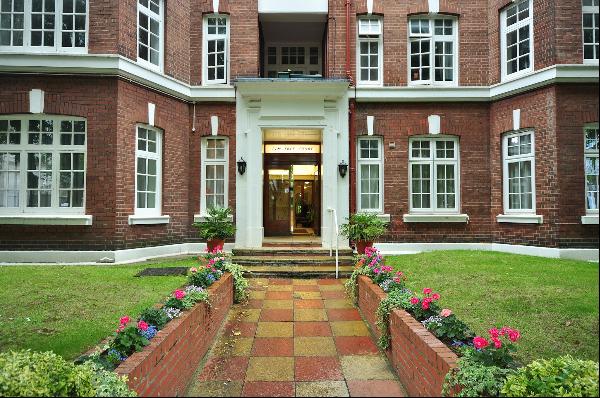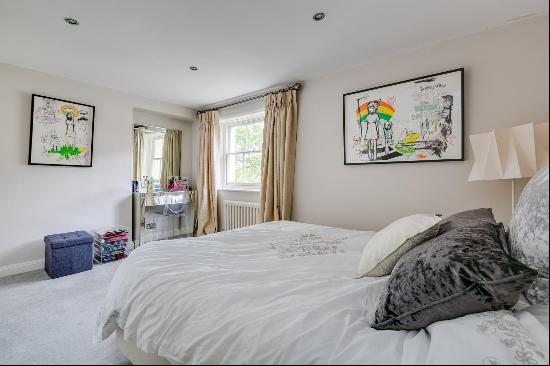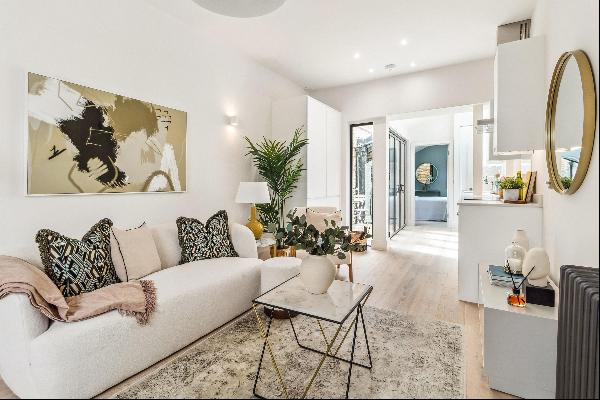
By Anna Leszkiewicz
When I was a child, my dream home was a kennel. I spent my early years pretending to be a dog, with a commitment that exhausted other children and vaguely concerned my parents. I lived as a dog for hours each day, drank water from a bowl and insisted on attending my first school disco in my grimy, tattered Dalmatian costume. On my fifth birthday, I was presented with a beautiful wooden Wendy house, painstakingly assembled by my grandfather. I was disappointed, until I cheerfully rebranded it. “My kennel!”
Like many children of the 1990s, I was obsessed with 101 Dalmatians. The original 1961 animated film was released on VHS one month and one day after I was born, in 1992, and it quickly became one of the bestselling videos of all time. The story’s popularity peaked in the mid-1990s, when the live action remake of 1996 was released. Suddenly, Roger (Jeff Daniels) and Anita (Joely Richardson), their two dogs Pongo and Perdy, and their 15 puppies seemed real. Real people, real dogs, living together in a real family home — “38 Gabriel Gate Mews”, a smart, detached Victorian house in a little cobbled street in west London.

Watching this film as a kid, I was focused on studying the movements of the animals, imagining myself as one of these preternaturally intelligent dogs. As an adult, I imagine myself living in their house, reading a weekend newspaper on their sofa with a dog sleeping next to me. Showing the film to my patient partner, who has nodded his way through many childhood rewatches, I kept pausing the film. The kitchen! The fireplace! The doors! The fabrics! The charm!
At some point, it became lodged in my brain as the ideal family home. It’s a beautiful house — classic, cosy, with just the right amount of clutter. It’s bustling with life, but calm. It’s a city home with a country feel: the dogs sleep behind a curtain under the kitchen counter. The walls are the just-right colour of warm hay, patterned fabrics soften every space, books lie in artful disarray on tables. Every item of furniture is casually, nonchalantly perfect — the kind of piece your elegant friend finds second-hand, for pennies, impossible to recreate in your own house. Somewhere upstairs, there’s probably a “linen cupboard”, full of folded sheets and towels.
It’s deeply nostalgic, both quintessentially Nineties and somehow timeless. Some details of the set design feel preserved in a time capsule — look, there’s The Art Book, the 1994 hardback from Phaidon that became an obligatory coffee-table accessory in middle-class family homes. Others have since become trendy again: the matching bobbin-leg furniture in the sitting room; the full set of Bordallo Pinheiro cabbage plates in the kitchen; a brass scallop-shaped lamp.

Why does this film for children have such a stylish, grown-up house at its heart? Why did it appeal to me as a child, and why does it feel so nostalgic now? It’s a space that both conjures memories of my specific childhood — the 1990s, Dalmatians, the crackling sounds of the VHS — and a kind of abstract, idealised childhood more generally. In the film, Roger and Anita are putting art on the walls and preparing for puppies and a baby on the way, looking forward with a sense of pre-emptive nostalgia. It’s a home in flux.
I hope that my own house can feel like this. Welcoming, relaxed, a little ramshackle. Clean, organised, but not rigid or cold. Peaceful, but never too quiet. Full of soft furnishings, books, antiques — and, most importantly, life.
Anna Leszkiewicz is an associate editor at the New Statesman
Photography: Alamy Stock Photo





















